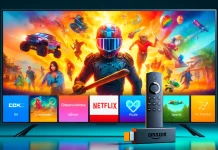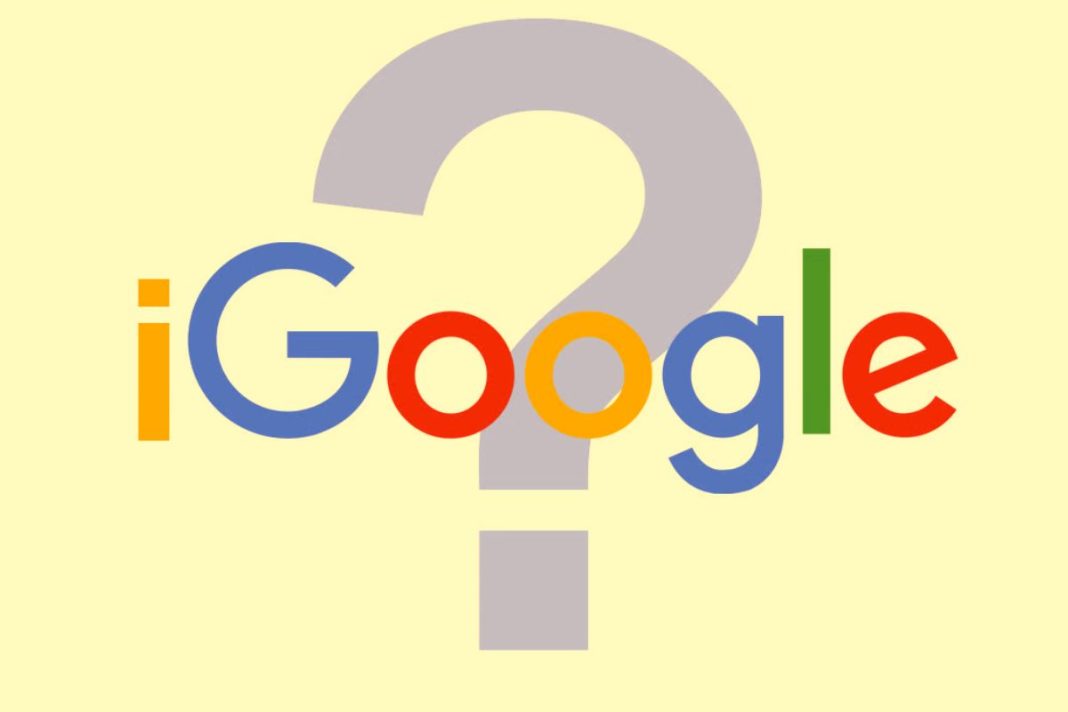Once upon a time in the digital realm, there was a personalized web portal that captured the hearts of millions. It was called iGoogle, and it was more than just a homepage; it was a canvas where users could paint their internet experience. Although iGoogle bid farewell in 2013, its impact on the way we interacted with the web was profound. In this blog, we’ll take a nostalgic journey into the past, exploring what made iGoogle special and pondering the possibilities of its resurrection in the ever-evolving landscape of the internet.
The Rise of iGoogle:
iGoogle, launched in 2005 by Google, was a customizable homepage that allowed users to create a personalized dashboard with widgets, gadgets, and RSS feeds. It was a groundbreaking concept that reflected the spirit of Web 2.0, empowering users to tailor their online experience. The homepage wasn’t just a gateway to the internet; it became an extension of the user’s personality.
Customization and Personalization:
The essence of iGoogle lay in its customization options. Users could choose from a variety of themes, add weather updates, news feeds, calendar events, and even third-party widgets to create a one-of-a-kind digital space. The ability to arrange and organize information according to personal preferences set iGoogle apart from other static homepages of its time.
Widgets and Gadgets:
iGoogle’s library of widgets and gadgets was vast and diverse. From productivity tools to games and social media feeds, users could integrate their favorite web applications seamlessly. The widgets not only added functionality but also created a dynamic and interactive browsing experience.
Nostalgia in a Digital Age:
For those who were part of the iGoogle era, the memories are likely to be accompanied by a sense of nostalgia. It was a time when the internet was becoming more ingrained in our daily lives, and iGoogle was at the forefront of this digital revolution. The simplicity of its design coupled with the limitless possibilities for personalization created a sense of ownership over the digital space.
Social Connection:
iGoogle wasn’t just a tool; it was a social hub. Users could share their personalized setups, and communities emerged around the exchange of gadgets and themes. It was a precursor to the social media era, where people would curate and share their digital lives with others.
Productivity and Convenience:
The widgets on iGoogle weren’t just for show; they enhanced productivity. From quick access to email and calendar events to to-do lists and news updates, iGoogle was a productivity powerhouse. It anticipated the need for a centralized digital space where users could efficiently manage their online activities.
The End of an Era:
Despite its popularity, iGoogle met its demise in 2013. Google cited the changing technological landscape and the rise of mobile apps as reasons for discontinuing the service. The decision left many users disheartened, and the void left by iGoogle’s departure was palpable.
The Shift to Mobile:
The rise of smartphones and the shift towards mobile-centric experiences played a significant role in iGoogle’s decline. Users were increasingly accessing the internet on their mobile devices, and the concept of a customizable homepage didn’t seamlessly translate to the smaller screens of smartphones.
Rise of App Ecosystems:
The app ecosystem became the new frontier. Instead of customizing a homepage, users could now download apps that provided dedicated and often more feature-rich experiences. This marked a shift from the all-encompassing homepage to specialized, task-specific applications.
The Possibility of a Resurgence:
As we look back on the legacy of iGoogle, one can’t help but wonder if there’s a place for a similar concept in today’s digital landscape. The internet has evolved, and so have our needs and expectations. Could a modernized version of iGoogle find its place in the age of social media, smart devices, and augmented reality?
Personalization in the Modern Web:
The demand for personalization is stronger than ever. Social media platforms curate feeds based on user preferences, and recommendation algorithms tailor content to individual tastes. A modernized iGoogle could tap into this desire for a personalized digital space, offering a customizable hub that aggregates information from various sources.
Integration with Smart Devices:
With the proliferation of smart devices, a new iGoogle could seamlessly integrate with these technologies. Imagine a homepage that not only displays your calendar events and news updates but also controls your smart home devices, provides health metrics, and integrates with augmented reality applications.
Privacy and Data Concerns:
While personalization is appealing, the issues of privacy and data security cannot be ignored. Any resurgence of a personalized homepage should be accompanied by robust privacy controls, ensuring that users have full control over what information is shared and with whom.
Conclusion: A Glimpse into the Future
iGoogle was a trailblazer, a pioneer that allowed users to shape their online experience. As we reminisce about the past, we can’t help but imagine what a modernized iGoogle could offer in the future. The internet is a vast and dynamic space, and the concept of a customizable homepage that reflects our individuality is as relevant as ever. Whether it’s for productivity, social connection, or simply for the joy of personalization, the spirit of iGoogle lives on, waiting for the right moment to make a triumphant return in the ever-evolving digital landscape.
































